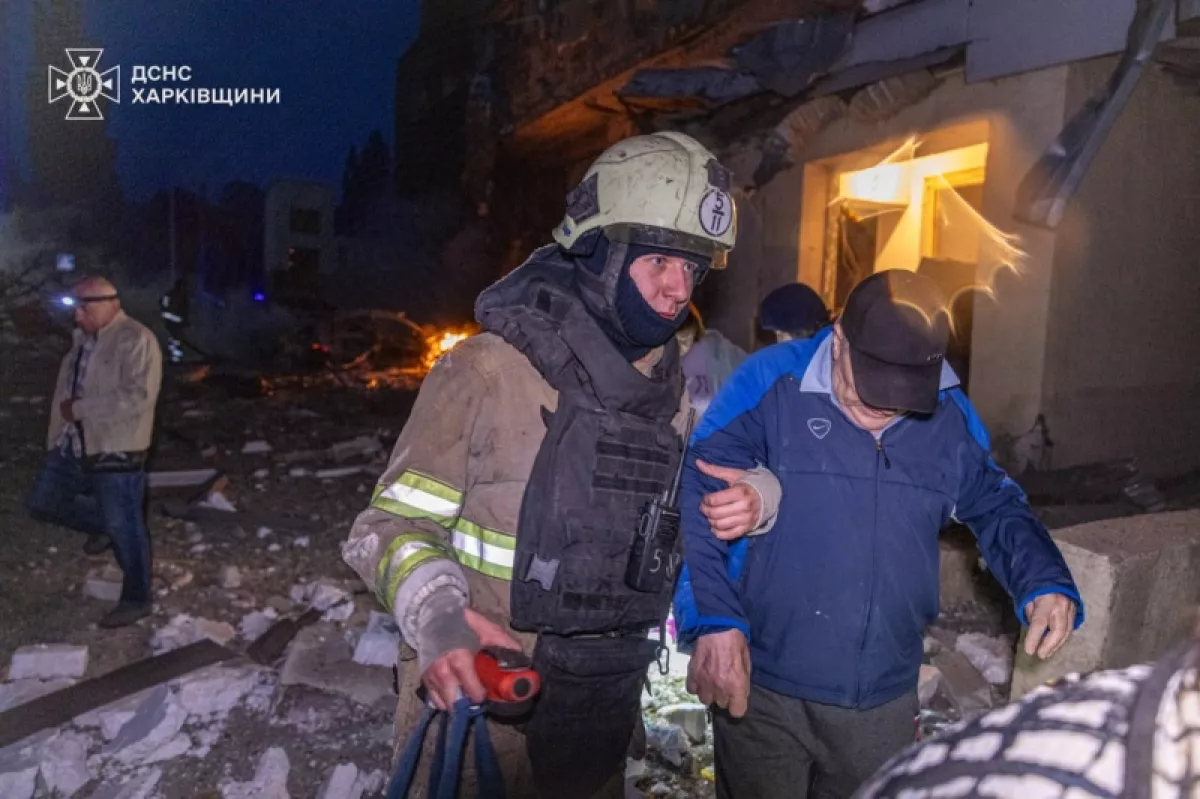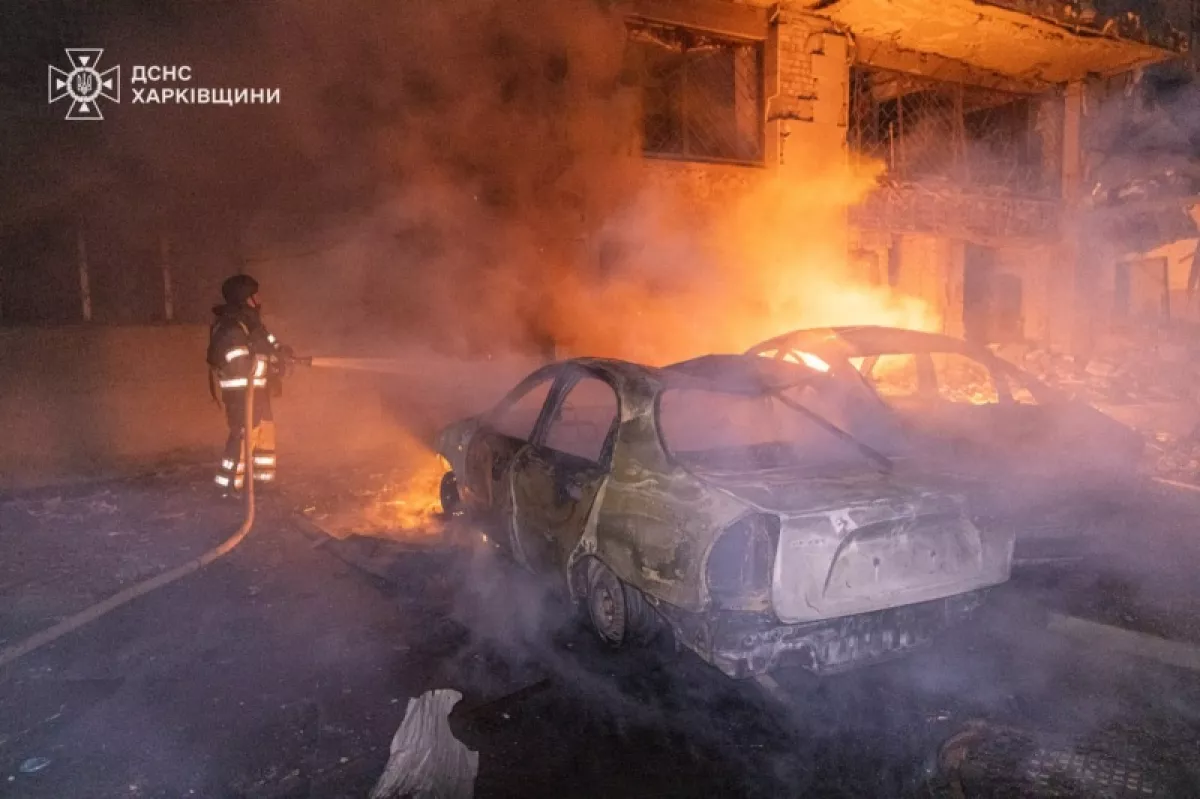Overnight Russian drone strikes injure 12, including four children in Ukraine's Kharkiv PHOTO
Russian forces carried out two drone strikes on Kharkiv during the night of June 12, targeting several districts of the city.
Multiple explosions were reported, and there are confirmed casualties and damage, according to RBC-Ukraine, citing the Telegram channel of Kharkiv Mayor Ihor Terekhov.
Terekhov stated that drone impacts were recorded in three districts: Shevchenkivskyi, Saltivskyi, and Slobidskyi. By morning, he reported that the attack took place between 1:37 a.m. and 3:08 a.m., during which 11 strikes were confirmed. An additional Shahed drone failed to detonate.
The mayor detailed that residential areas, schools, kindergartens, and key infrastructure were hit. Dozens of vehicles sustained damage, and windows in both schools and residential buildings were shattered.
“Fires broke out in residential zones and on the grounds of educational institutions. In some cases, debris landed directly next to children’s playgrounds. One strike damaged the elevator shaft of a multi-story building, while another destroyed part of a non-residential structure and a public transport stop,” the mayor reported.
At 4:50 a.m., Terekhov said that at least 12 people were injured in the attacks, including four children. Regional governor Oleh Syniehubov later provided details, identifying the injured minors as a 2-year-old boy, a 12-year-old girl, and two teenage girls aged 16 and 17.
This followed a previous drone assault on Kharkiv just one night earlier, when Russian forces launched 15 Shahed drones at the city. According to Syniehubov, those drones struck their targets within just one to two minutes — a pace he called unprecedented.
That earlier attack affected 11 separate locations within Kharkiv, including three strikes on residential buildings. According to updated figures, the strike resulted in four fatalities and more than 60 injuries.
Syniehubov also commented on changes in Russian tactics, stating that Moscow is increasingly targeting civilian infrastructure and residential areas with new methods. He noted that drones now fly at higher altitudes — around 4,000 to 5,000 meters — before sharply descending onto their targets just before impact.
By Tamilla Hasanova












